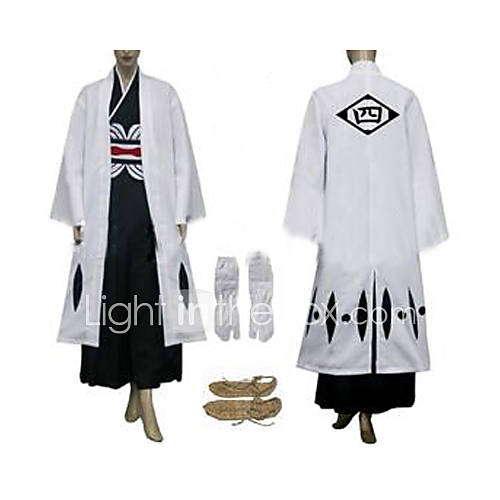Customarily, woven patterns and dyed repeat patterns are considered informal; Formal kimonos have free-style designs dyed over the whole surface or along the hem. During the Heian period, kimonos were worn with up to a dozen or more colorful contrasting layers, with each combination of colors being a named pattern. Today, the kimono is normally worn with a single layer on top of one or more undergarments. There are different types of kimono to wear throughout the year. The four seasons are reflected in the patters and the material the kimono is made of. The haori (short coat) is worn from the fall to early spring. The awase is a kimono with a lining. The yukata is a very cool summer kimono. It is an unlined cotton kimono. Traditionally it was put on after coming out of a hot steaming bath. The yukata is not for formal wear. The only time Japanese women are allowed to show their bare feet is when in the yukata. The Japanese are very faithful to the rules governing the seasonal changes of the kimono. The pattern of the kimono can also determine in which season it should be worn. For example, a pattern with butterflies or cherry blossoms would be worn in spring. Watery designs are common during the summer. A popular autumn motif is the russet leaf of the Japanese maple; for winter, designs may include bamboo, pine trees and plum blossoms.
A popular form of textile art in Japan is shibori (intricate tie dye), found on some of the more expensive kimonos and haori kimono jackets. Patterns are created by minutely binding the fabric and masking off areas, then dying it, usually done by hand. When the bindings are removed, an undyed pattern is revealed. Shibori work can be further enhanced with yuzen (hand applied) drawing or painting with textile dyes or with embroidery; it is then known as tsujigahana. Shibori textiles are very time consuming to produce and require great skill, so the textiles and garments created from them are very expensive and highly prized.
Old kimonos are often recycled in various ways: altered to make haori, hiyoku, or kimonos for children, used to patch similar kimono, used for making handbags and similar kimono accessories, and used to make covers, bags or cases for various implements, especially for sweet-picks used in tea ceremonies. Damaged kimonos can be disassembled and resewn to hide the soiled areas, and those with damage below the waistline can be worn under a hakama. Historically, skilled craftsmen laboriously picked the silk thread from old kimono and rewove it into a new textile in the width of a heko obi for men's kimono, using a recycling weaving method called saki-ori.



Post a Comment